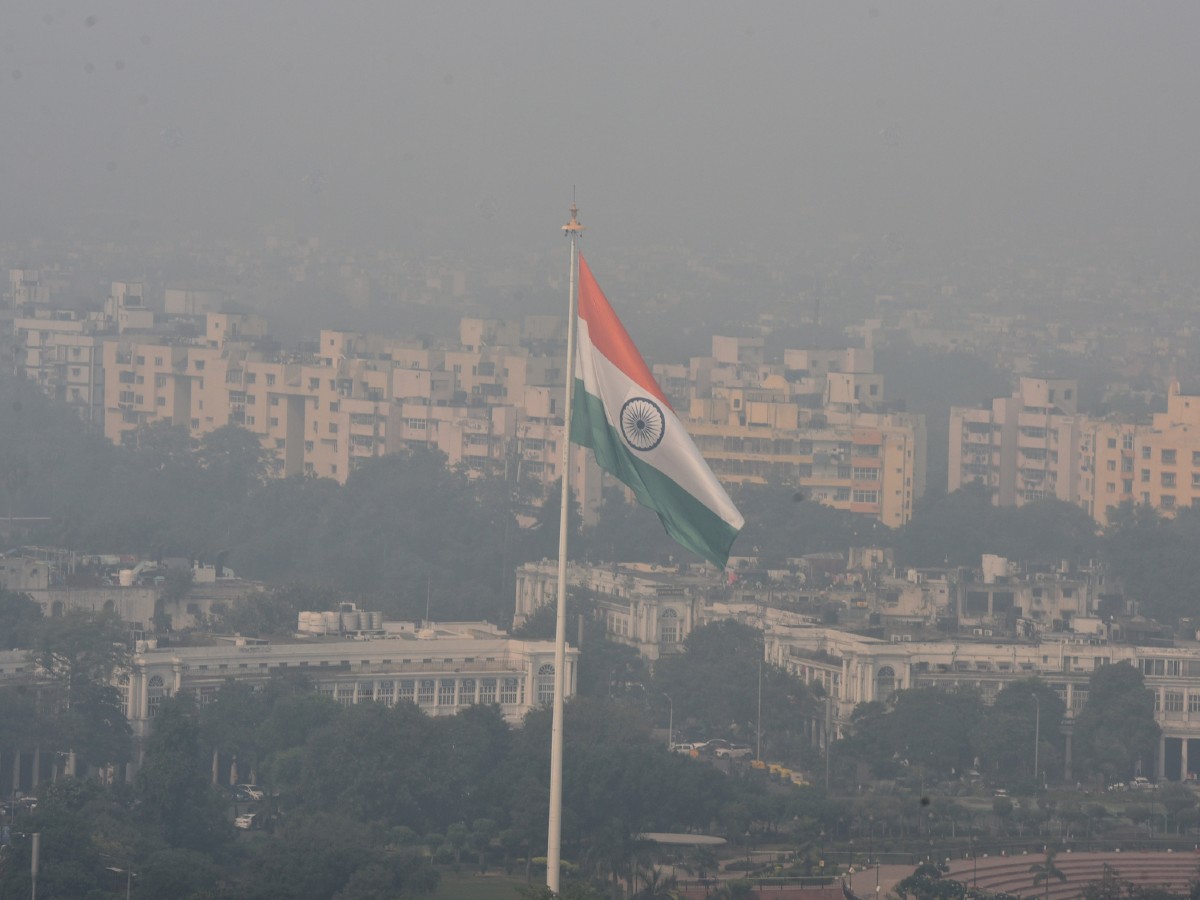This August has been notably dry, exhibiting a rainfall deficit of approximately 30 percent across the nation compared to the average year. In specific regions such as Delhi, Haryana, and Rajasthan, the rain shortfall has exceeded 50 percent, according to a report released on Thursday by the Commission for Air Quality Management (CAQM).
Despite the reduced rainfall, the Air Quality Index (AQI) for the month remained within the “satisfactory” to “moderate” range, as stated by the CAQM. The report emphasized the impact of rainfall and wind speed on AQI, noting that August 2023 has experienced one of the driest periods with a 30 percent rain deficit nationwide. Additionally, Delhi, Haryana, and Rajasthan have suffered significant deficits of over 50 percent compared to the norm.
The report highlighted a couple of days, specifically August 26 and 28, marked by intense dust storms that temporarily elevated PM10 concentrations. Nevertheless, throughout the entire month of August, the daily average AQI consistently fell within the “satisfactory” to “moderate” air quality categories.
In terms of AQI classification, levels ranging from zero to 50 are considered “good,” 51 to 100 are “satisfactory,” 101 to 200 are “moderate,” 201 to 300 are “poor,” 301 to 400 are “very poor,” and 401 to 500 are classified as “severe.”
The report further revealed that during the January to August period of 2023, Delhi experienced the highest number of days (163) characterized by “good” to “moderate” air quality, as defined by a daily average AQI of less than 200. This surpasses the corresponding periods of the last five years, excluding the pandemic-impacted 2020. Comparatively, there were only 116 such days in 2022, 144 in 2021, 135 in 2019, and 123 in 2018. The report also noted a remarkable reduction in daily average concentrations of PM2.5 and PM10 over the past six years.
Looking at the AQI trends, the daily average AQI for Delhi in the current year is 174, down from 194 in 2022, 192 in 2021, 147 in 2020, 199 in 2019, 203 in 2018, 203 in 2017, and 236 in 2016. Notably, the daily average AQI dropped below 200 between January and August beginning in 2021 (excluding the pandemic year 2020), with the lowest value of 174 recorded in 2023.
The report attributed the improvement in air quality to favorable meteorological conditions, sustained efforts at the ground level, initiatives by various stakeholder organizations to reduce air pollution, and ongoing monitoring and enforcement measures.





